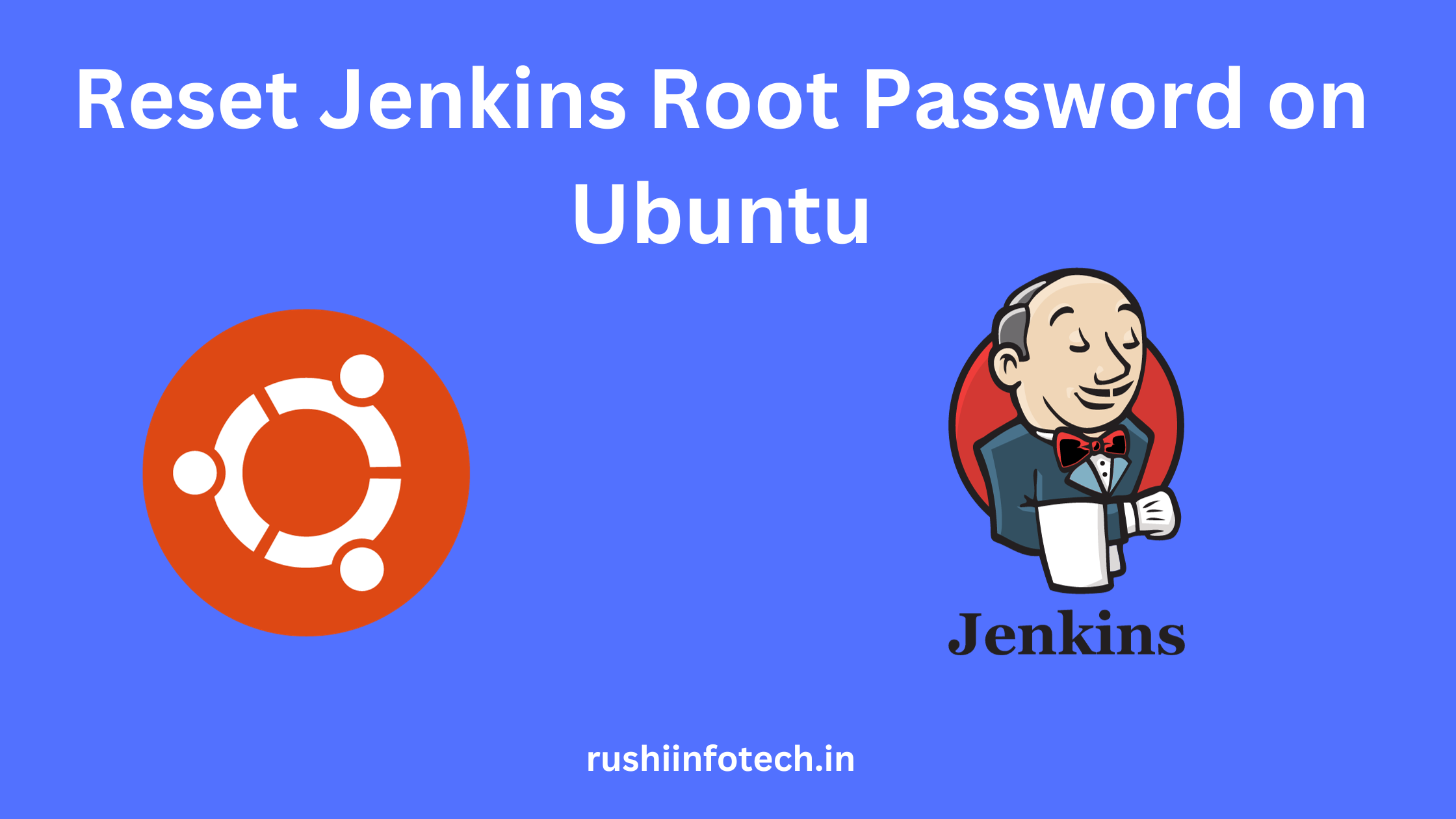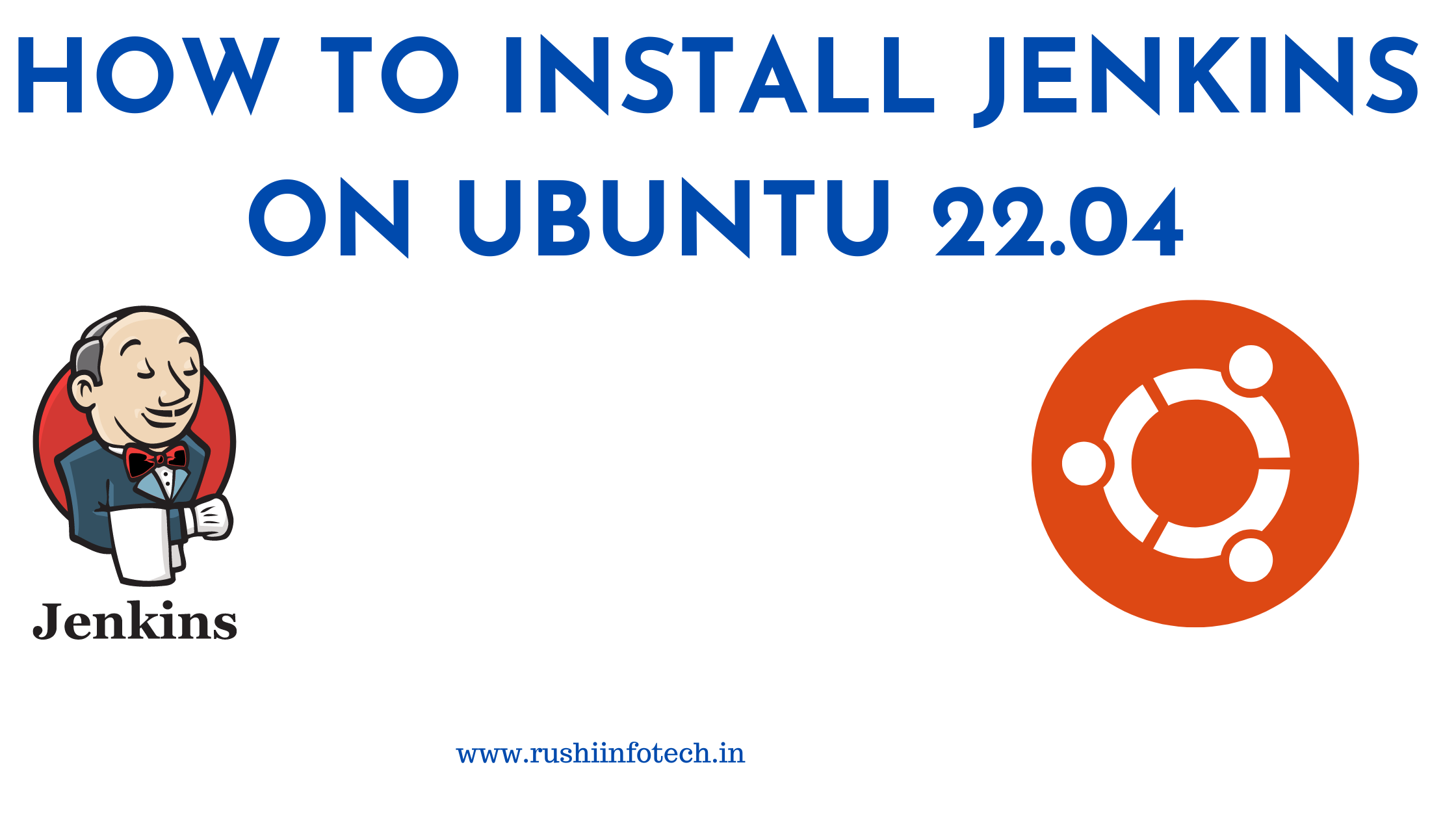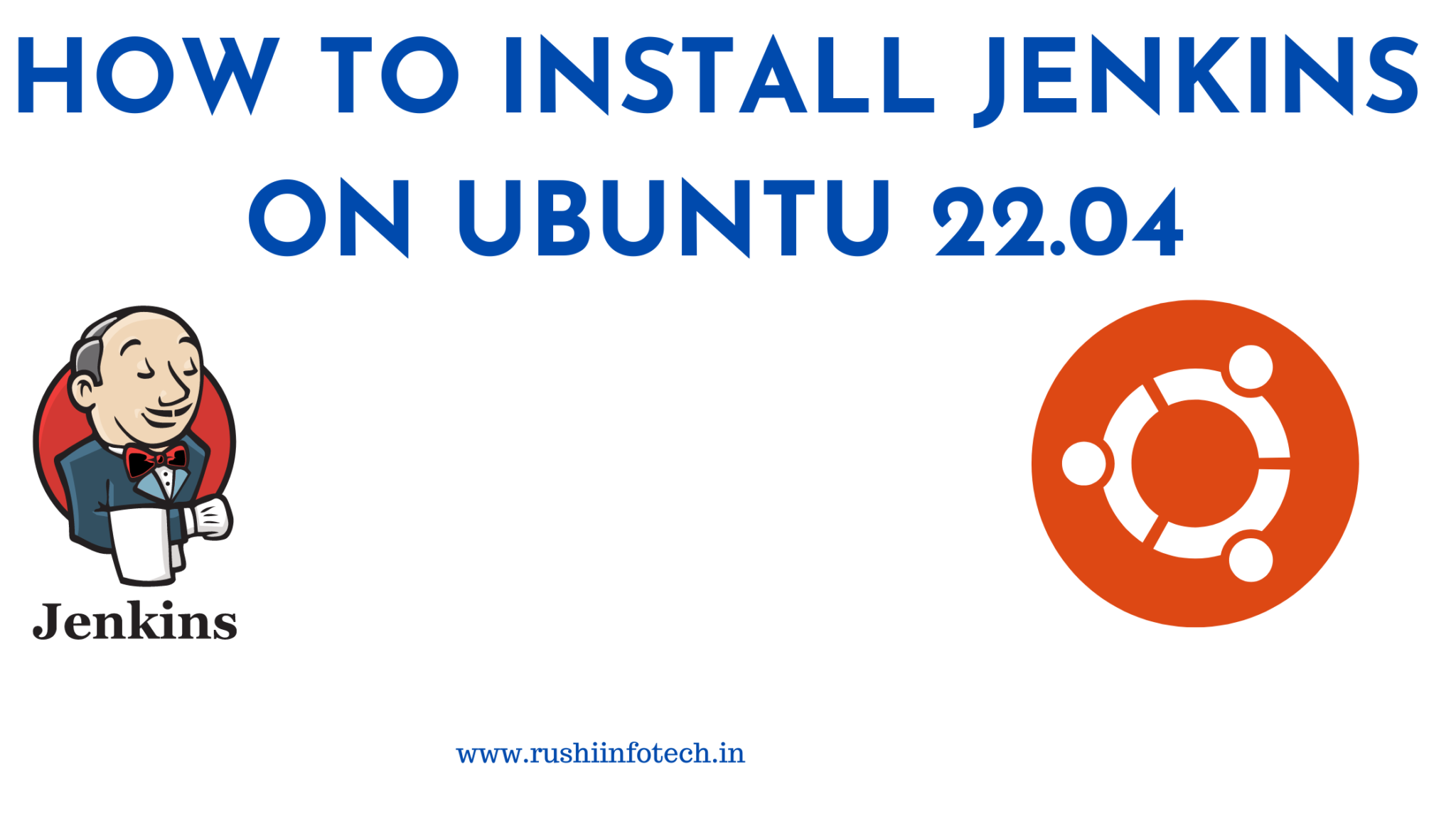Similar Posts

How to Reset Jenkins Root Password on Ubuntu 20.04/22.04 LTS?
You need to be logged in to view this content. Please Log In. Not a…

How to Install Jenkins on Ubuntu 22.04 LTS
You need to be logged in to view this content. Please Log In. Not a…

Deploy Jenkins on Ubuntu 20.04/22.04 LTS
You need to be logged in to view this content. Please Log In. Not a…

Effortlessly Remove Jenkins from Ubuntu 20.04/22.04 LTS
You need to be logged in to view this content. Please Log In. Not a…
